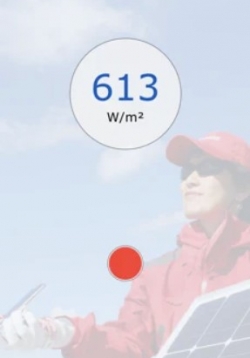
A free iPhone app that allows you to take data on irradiance (in Watts/area), to be able to compare electrical output from solar photovoltaic panels to the irradiance they receive.

A free iPhone app that allows you to take data on irradiance (in Watts/area), to be able to compare electrical output from solar photovoltaic panels to the irradiance they receive.
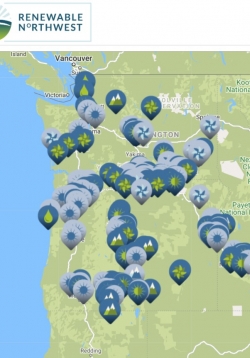
An interactive map-based listing of major operating, proposed, approved, or other renewable energy projects in the Pacific Northwest US, including owners and generating capacity.
Students will be shown a working example of a solar tracker and asked to replicate the design based on their observations. The design incorporates four solar cells arranged in two arrays with each array reverse biased such that they generate a voltage that...
Students develop atomic and molecular models of energy resources, analyze combustion of various fuels and build circuits with Photovolatic (PV) modules to evaluate and suggest revisions to a disaster preparedness supply list. They then research and...
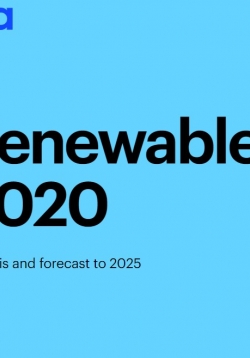
Explore historical data and forecasts for all renewables sectors and technologies. Renewables 2020 includes a dynamic data dashboard which enables users to explore historical data and forecasts for all sectors and technologies. The associated Renewables 2020 dataset gives full access to all of the data available in this dashboard, plus additional premium data for all sectors and technologies, including additional historical years.

Energy by the Numbers focuses on the metrics and data available to track how Oregon produces, purchases, and uses various types of energy. Includes many pages of graphics that highlight oregon's energy usage and production by source and by producer/utility type/sector, location of energy facilities, energy costs, and information on electric vehicles in Oregon.
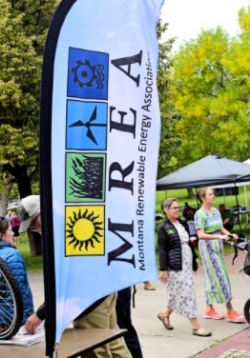
The Montana Renewable Energy Association is a membership based 501(c)(3) nonprofit organization founded in 2000. We are businesses, individuals, families, and advocates dedicated to expanding Montana’s use of renewable energy in order to conserve natural resources, create jobs, and increase the independence and resilience of our communities.
Our mission is to expand the use of renewable energy in Montana, to affect public policy in favor of renewable energy, and to educate and inform the residents of Montana of the benefits and uses of renewable energy. Our focus is on-site and community-scale renewable energy such as solar electricity, solar hot water, and small wind generation.
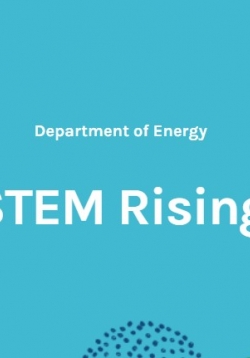
STEM Rising inspires, educates, and sparks lifelong success in STEM by sharing resources & events from the National Labs, National Nuclear Security Administration, and program offices. View our STEM resources for students, teachers, and workforce
This unit incorporates basic programming knowledge and solar energy into an engineering design challenge using Sphero SPRK+ robots. The theme for this challenge centers on the idea of Mars rovers, and the challenges faced in space exploration, specifically...

Two really fantastic and engaging engineering challenges held both nationally and online for grades 4-12: Wind Engineering and Solar Structures. Educators and students are provided with scaffolded lessons for engaging in the fundmanetal content of the challenge, as well as guidance for how to prepare and structure the challenge. Challenges can be run at the class, school, district, or regional level and the in-person challenge includes regional and national competitions. Kidwind also provide professional development opportunities for educators.
Bonneville Environmental Foundation
1500 SW 1st Avenue, Suite 710
Portland OR 97201
phone: 503-248-1905